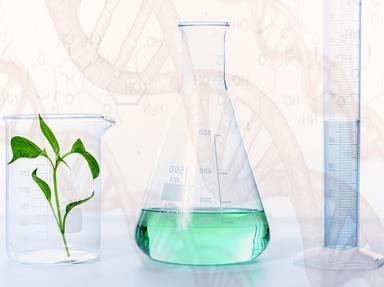Quiz Answer Key and Fun Facts
1. Used as a white food coloring, white pigment in arts and crafts and as sunscreen, which dioxide is naturally found as rutile and brookite?
2. Which alkaline earth metal is a silvery white, burns the brightest white of all the metals, and in its carbonate form is used for weightlifting and rock climbing?
3. In which industry is a number of products collectively known as "white spirit" frequently used?
4. Chalk is a white sedimentary rock that mainly consists of calcium carbonate in the form of which mineral, that defines the third level of the Mohs scale of hardness?
5. Magnesium chloride crystals are, 99% of the time, a milky white colour. What are these crystals commonly used for?
6. Which form of marble is known for being pure white?
7. There is a precious mineraloid which is a hydrated amorphous form of silica. What is the common name for the lighter coloured version of these gems?
8. What precious metal is obtained from the metallic white mineral called Sperrylite?
9. Which white compound is used as a food seasoning and preservative, and can be "mined" from water?
10. Zinc oxide is a white mineral that is not only treasured by artists, but also in medicine. What would you most commonly use it against?
Source: Author
WesleyCrusher
This quiz was reviewed by FunTrivia editor
rossian before going online.
Any errors found in FunTrivia content are routinely corrected through our feedback system.
